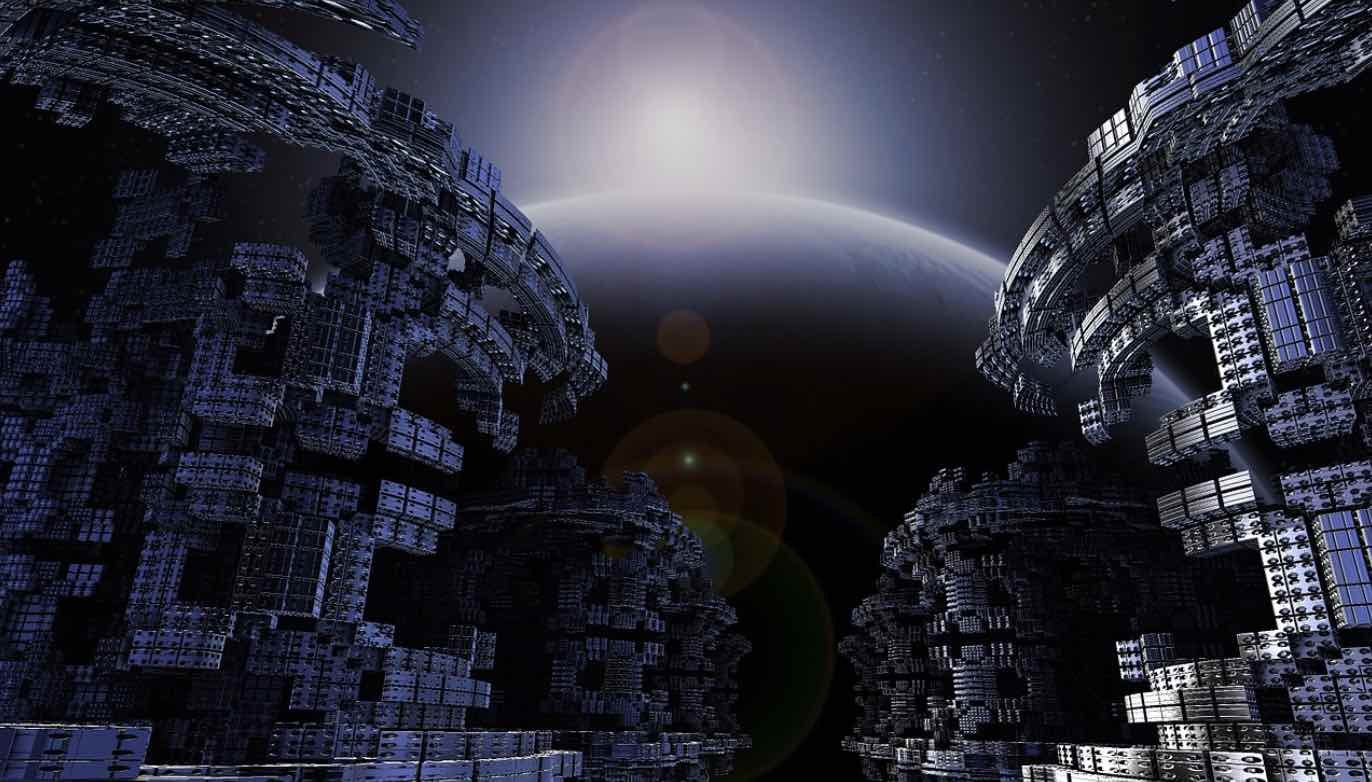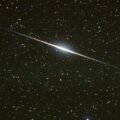In my last class before the summer break, I asked all students in the classroom: “If you were to recover an extraterrestrial gadget, would you press its buttons?”
This question is relevant as I prepare to lead the Galileo Project team on an expedition to retrieve the relics from the first interstellar meter, IM1, in the Pacific Ocean. The material strength of this meteor was higher than all other 272 meteors in the CNEOS catalog of NASA, so there is a chance that we will recover a large piece of it – as suggested in a recent paperthat I wrote with my students.
The class was divided. Half of the students said that they would rather not press any button out of fear that it would have disastrous consequences to them or humanity at large. The other half of the class was playful and preferred to explore the gadget. Some suggested to study it first before touching its buttons but others were eager to press buttons and check what happens next. One of the students asked what I would do. I replied that I would first examine the interstellar gadget carefully through passive means in a laboratory, just the way you treat a traumatized intelligent animal that you find in the wild. I would prefer to understand it before engaging and triggering it to do something.
The diversity of responses brings home the dilemma of how to deal with the unexpected. Given that our century-old technological age is very young compared to the billions of years that elapsed between the formation times of technological civilizations near other stars, any encounter with a functioning extraterrestrial gadget is likely to be a huge learning experience for us. The reason is simple: in such a case, the extraterrestrials arrived to us before we arrived to them. We better maintain the `Beginners’ mind’ of Zen Buddhism and not fall into the trapped mind of the Evil Queen in the Disney film Snow White and the Seven Dwarfs.
The Evil Queen regularly looked at the Magic Mirror and asked: “Magic Mirror on the wall, who’s the fairest of them all?”, and the mirror would reply that she is. We tend to look at the mirror and ask: “Magic Mirror on the wall, who’s the smartest species of them all?” Our mirror repeats the words of Enrico Fermi and Carl Sagan: “Extraordinary claims about the existence of an extraterrestrial intelligence require extraordinary evidence… Where is Everybody?”
Combine these mirror sentiments with the recent words of Elon Musk: “I’m … very familiar with space stuff. I’ve seen no evidence of aliens,” and you have a self-fulfilling prophecy of seeing only the reflection of our own image in the mirror because we do not dare to look beyond its frame in search of extraterrestrial gadgets. This is a particularly surprising perspective, if we imagine that many Musk-like entrepreneurs on exo-planets could have launched for billions of years their own versions of Musk’s Tesla Roadster, which SpaceX launched into space as a dummy payload in 2018.
A recent poll revealed that two-thirds of Americans believe in intelligent life beyond Earth. But belief is not the appropriate noun in this context. In order to figure out reality, we must seek scientific evidence. In a recent podcast, I was asked how the mainstream scientific community can be convinced of the existence of extraterrestrial intelligence. My answer was simple: “Once we find indisputable evidence for this revelation, my colleagues would argue that they thought about it first, and this self-evident possibility was discussed for many decades, so there is really nothing new.”
When faced with a locked building, we can bump our bodies against the door with the hope that it will break open. But a kid who finds the keys to the door would open it calmly with little effort and show us in. This kid is the scientist who will discover the evidence beyond a reasonable doubt that extraterrestrials exist. I told my class: “You have the gift of youth uncontaminated by prejudice and the baggage of history. You can be the kid who finds the keys. I will try to be that kid in the forthcoming expedition. A beginner’s mind is not dictated by biological age.”
Finding a functioning extraterrestrial gadget in the Pacific Ocean will offer us the keys to our own future development as an interstellar species. Refusing to search for the keys is the biggest mistake that humanity can make. I elaborate on this theme in my forthcoming book Interstellar.
If an extraterrestrial gadget includes the intelligence of GPT-100, it will take us a while to figure it out given that we are currently in awe with GPT-4 and the human brain. We tend to imagine our competition with extraterrestrial biological creatures on another habitable planet. The best way to win that competition is to look at our Magic Mirror and insist that we have no competitors.
But the reality might be that the smartest beings who ever existed in the cosmos since the Big Bang, 13.8 billion years ago, are equipped with artificial intelligence (AI). While we carry our pride in playing baseball in the park, these AI astronauts might throw the ball out of the park on every pitch. The shock of humans witnessing the performance of an extraterrestrial gadget from this class might trigger feelings akin to those of the Evil Queen realizing the beauty of Snow White.
The frontiers of knowledge are often at the interface between art and science. In order to properly process our response, perhaps the best approach would be to place the gadget on display in a museum and take a breath before engaging with it. I already promised Paula Antonelli, a senior curator of the Museum of Modern Art, that I will bring any major finding from the Pacific Ocean for display in New York City.
I concluded my class by asking the students whether they believe there was a smarter species in our cosmic past. All hands were up. I now have more faith in the future of humanity. Here’s hoping that a new generation of scientists will bring us a view of what lies beyond the frame of our mirror.
Avi Loeb is the head of the Galileo Project, founding director of Harvard University’s – Black Hole Initiative, director of the Institute for Theory and Computation at the Harvard-Smithsonian Center for Astrophysics, and the former chair of the astronomy department at Harvard University (2011-2020). He chairs the advisory board for the Breakthrough Starshot project, and is a former member of the President’s Council of Advisors onScience and Technology and a former chair of the Board on Physics and Astronomy of the National Academies. He is the bestselling author of “Extraterrestrial: The First Sign of Intelligent Life Beyond Earth” and a co-author of the textbook “Life in the Cosmos”, both published in 2021. His new book, titled “Interstellar”, is scheduled for publication in August 2023.

